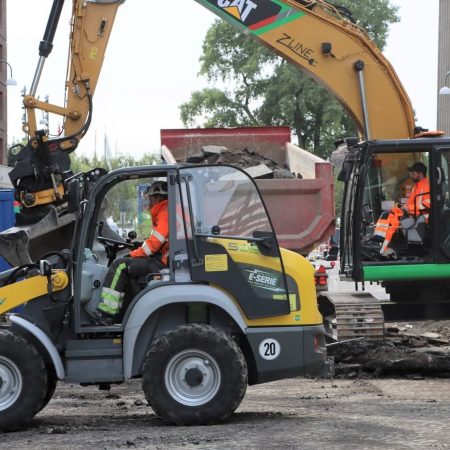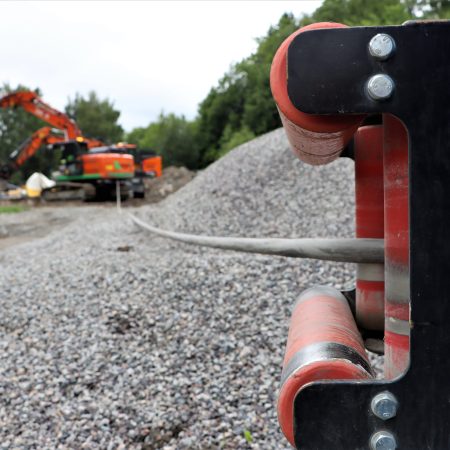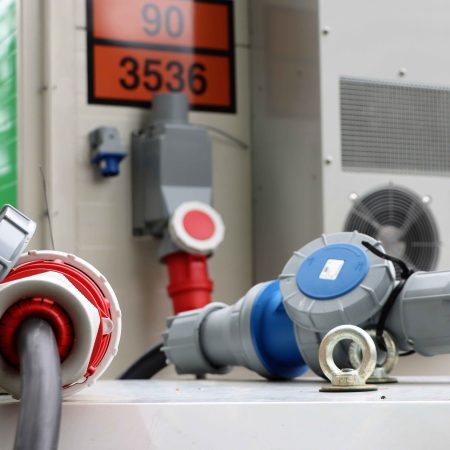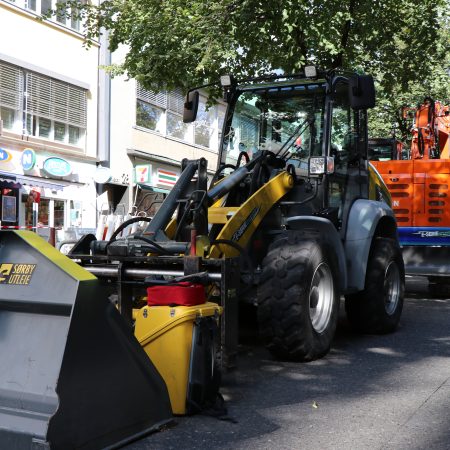Size: medium
Type: image
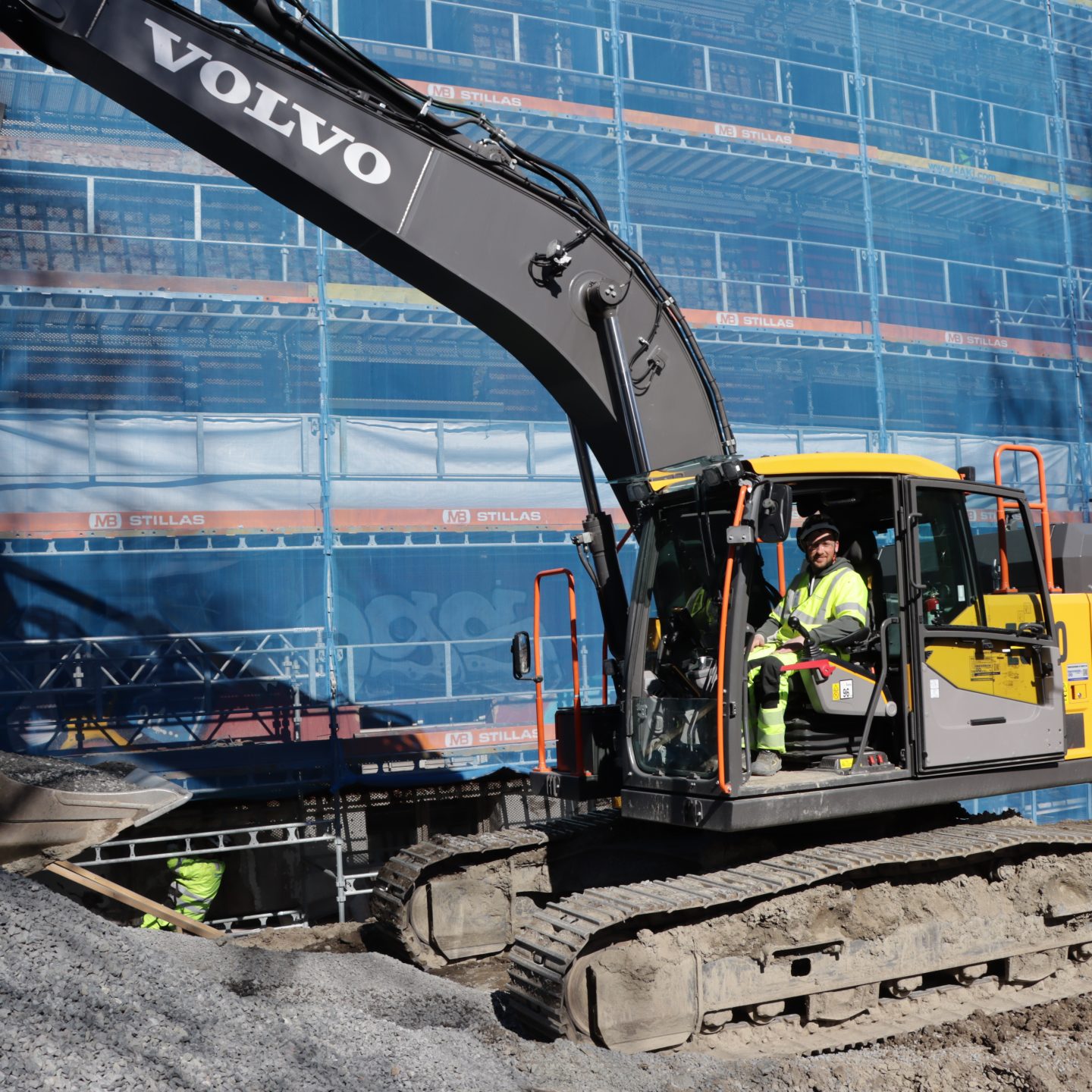
Introduction
In 2015, the City of Oslo set an ambitious climate target: to reduce direct greenhouse gas (GHG) emissions by 95 percent by 2030. Achieving this goal requires addressing all sources of direct emissions. In 2023, emissions from non-road mobile machinery (NRMM) were about 125,000 tons CO2, accounting for almost 14 percent of the city’s total GHG emissions. A significant share of these emissions comes from the operation of construction machinery. According to Oslo’s Climate Strategy, all construction sites should zero-emission by 2030.
To support a broader transition to zero emissions across the entire construction and building sector by 2030, municipal entities must lead the way. Since 2019, when companies compete for public works, the city has awarded suppliers that can provide zero-emission construction services. At the same time, in 2019, the city stated that all public works commissioned by the city should be zero-emission by January 1st, 2025. The shift has been swift. In 2024, roughly 85 percent of work at municipal construction sites in Oslo was carried out with zero emissions machinery.
The next step involves also private real estate developers making use of electric construction machinery. The shift from fossil fuel to electricity as the main energy source for construction increases the demand for electric power and increase grid-load.
This report, prepared as part of the City of Oslo’s Net Zero Cities project “Power Up a Renewable Society” (PURE), aims to summarize Oslo’s progress toward achieving zero-emission construction sites. Previous reports have extensively documented barriers and key measures in transitioning to electric machinery. Instead of repeating these points, this report summarizes key findings and offers an updated assessment of the most impactful barriers and key success factors in Oslo.
